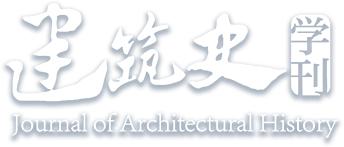Abstract:
Zhengwen, an architectural component positioned at both ends of the main ridge on the rooftops of classic Chinese architecture, serves as a pivotal decorative and structural element.
Tunkou, an integral part of
zhengwen, is situated at the juncture with the main ridge. The Forbidden City boasts a diverse array of
tunkou patterns. This paper delves into the reasons behind the variations in the
tunkou patterns by summarizing the types found in various buildings across the Forbidden City. Drawing upon various sources including the glazed tile craftsmanship rules of Ming and Qing dynasties, the scales of historical glazed
zhengwen and main ridge recorded in archives, the principles of labor and material budgeting, scale matching, and other pertinent repair guidelines employed in the construction and renovation projects of the Forbidden City, the paper aims to provide insights into this intricate aspect of architectural design.


 下载:
下载: